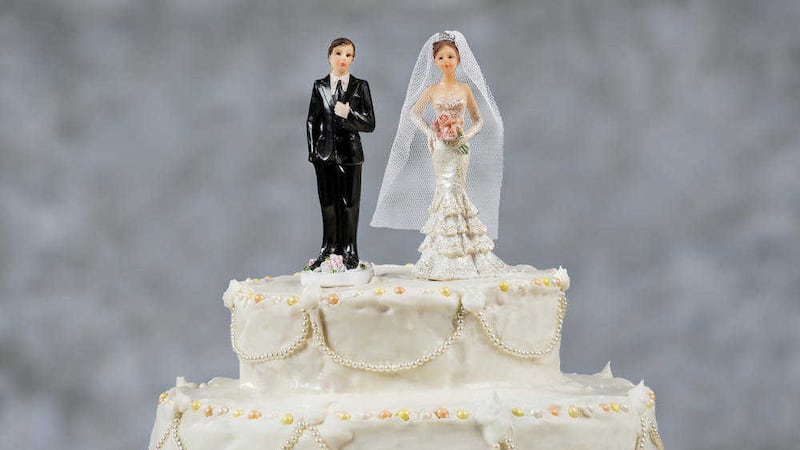QUESTION: I work full-time and my wife works part-time. I have been told that I can apply to claim a marriage allowance relief. What is this and how do I make my claim?
Answer: If you’re married or in a civil partnership, you can register for the Marriage Allowance, a tax break which could save you up to £220 a year.
The Marriage Allowance was introduced in 2015 and it essentially allows you to transfer some of your tax-free personal allowance across to your partner, or for your partner to transfer some of theirs to you, so that you as a couple can reduce the amount of tax you pay.
Say, for example, your spouse or partner earns £5,000 a year doing part-time work, then they’ll still have £6,000 of their personal allowance left over.
This means they can then transfer £1,100 of this to you, bumping up your total tax-free allowance to £12,100. And that means you won’t be charged basic rate tax at 20 per cent on the bit extra, which is equivalent to a saving of £220 a year (20 per cent of £1,100).
Not every married couple can claim the marriage allowance. It is only possible to transfer some of your personal allowance across to a partner or spouse if they don’t pay more than the basic rate of income tax.
That means from April, they must be earning between £11,001 and £42,999 a year to qualify. If they are a higher rate taxpayer earning more than this amount, you won’t be allowed to transfer any of your allowance across.
In order to qualify for the tax break, the following circumstances must apply:
• You're married or in a civil partnership (just living together doesn't count).
• Both parties need to be born on or after April 6 1935.
• One of you needs to be a non-taxpayer, which usually just means earning less than the £11,000 personal allowance (£10,600 for 2015/16).
• The other one of you needs to be a basic 20 per cent rate taxpayer (couples with a higher- or additional-rate taxpayer aren't eligible for this allowance). This means you'd normally need to earn less than £43,000 (£42,385 for 2015/16).
The government estimate that more than four-million married couples and 15,000 civil partnerships will be eligible for this tax break. The marriage tax allowance started on April 6 2015, and in year one was worth £212.
For the new tax year starting on April 6 2016, it's worth £220. Plus claim it now and it's backdated so many get last year's and this year's allowance - £432.
Whoever receives the allowance, whether it’s you or your partner, will get the money in their pay packet each month. Your or their tax code will be altered to take account of the bigger personal allowance.
Since its introduction in 2015, the marriage allowance has been met with problems and resistance. Recent research findings published by HMRC demonstrates the gap between expectation and reality.
However, the claim process is relatively straightforward and where the fact pattern fits, a married couple can save £432 by making the claim for this year and last year. Government figures have indicated that more than 3.6 million people are missing out on this money.
:: Malachy McLernon (m.mclernon@pkffpm.com) is director at PKF-FPM Accountants (www. pkffpm.com)



